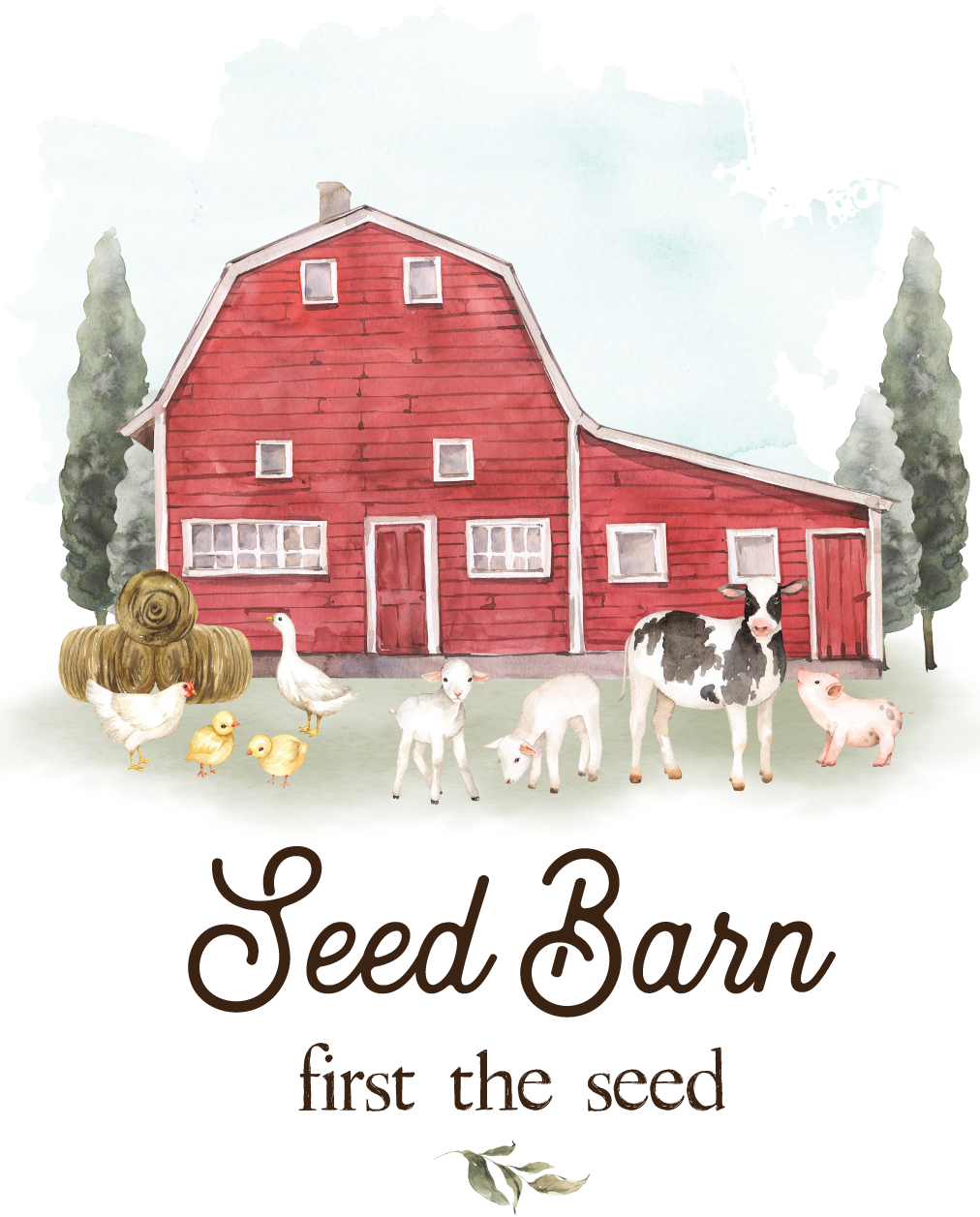Limited Time Free Shipping On The Entire Store
Tel: 813 540 2000 | Mon - Fri 8am - 5pm Est. | Email: support@seedbarn.com
Still have not received my see even after I sent an email. Might as well cancel because it should have been in the ground a week ago!
I haven’t gotten them yet after two weeks.
Never received it, not ever got any updated shipping info to follow my shipment
No seed yet. Reached out to company with no response.
Second purchase from Seed Barn . Pleased with prompt delivery, Duranna Clover grew as advertised.
Still have not received my see even after I sent an email. Might as well cancel because it should have been in the ground a week ago!
I haven’t gotten them yet after two weeks.
Never received it, not ever got any updated shipping info to follow my shipment
No seed yet. Reached out to company with no response.
Second purchase from Seed Barn . Pleased with prompt delivery, Duranna Clover grew as advertised.
Top Notch Guarantee
Fast Free shipping
Traditional Farmers
OMRI Listed Products
By clicking “Accept All Cookies”, you agree to the storing of cookies on your device to enhance site navigation, analyze site usage, and assist in our marketing efforts.
